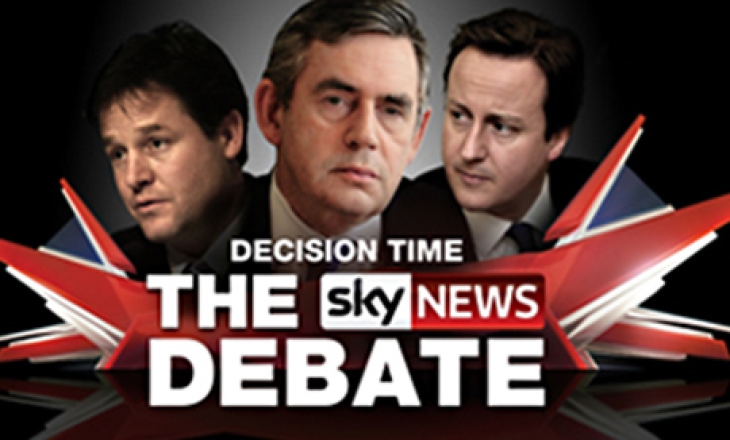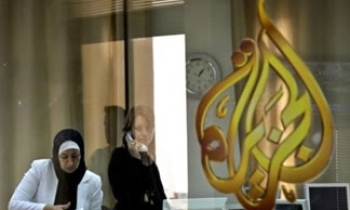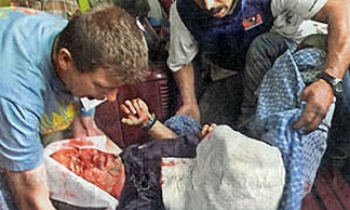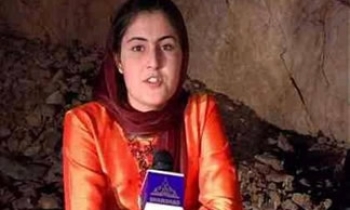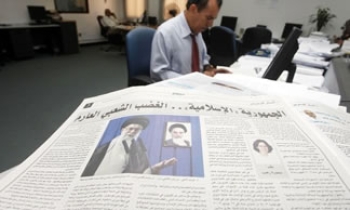Social media is becoming more influential by the day. If the May elections in the UK were anything to go by, social media has been an influencing factor for those aged between 18 and 24. A recent study by the Reuters Institute for the Study of Journalism shows that politics has caught on with the youth with social networking sites such as Facebook and Twitter becoming important in communicating with voters.
Dubbed by many as the “internet campaign” or “social media campaign”, these elections were notable for political candidates gaining support through web-based and technological means rather than promoting themselves through the old-fashioned ways like posters and newspapers. From viral crowd-sourced ads to sentiment tracking to internet polling to slap meters to pretty much everything else, technology appeared to offer political parties powerful, new, innovative ways to engage voters and audiences.
Communication through the web was “born” as Facebook dominated the media behaviour of the 18-24 year old age groups, with an emphatic 97 per cent saying they used the site during the election. The social network launched a Voter Registration page in a partnership with the country’s Electoral Commission. This led to 14,000 extra voter registration forms downloaded via Facebook and a huge spike in visits to “About My Vote” following a large awareness raising campaign to the UK’s 23 million Facebook users.
A website, where initially one could only socialise, share photos and chat with each other, Facebook became a platform for people in the 2010 general election and was vital for political campaigns. However, it was not the only social networking site used for the elections since Flickr, Twitter and even video-sharing website YouTube became sources of communication with Twitter being cited as a "core communication tool" in political and media circles. The era for social networking has officially been kickstarted.
However, ironically, the biggest media story of the 2010 election ended up being a television event: a set piece leadership debate which turned the campaign on its head – with the internet seen as something of a sideshow. For sceptics, this was proof that old media still called the shots and that the claims of the digital evangelists were overblown. But, Nick Newman, the author of the report, believes that his study has shown that the 2010 election did mark another significant milestone in the onward march of the internet.
The study draws on interviews with around 30 journalists, political advisors and social media experts directly involved with coverage or strategies for the campaign. Newman, who is also a visiting fellow at the institute, believes this study is good news for both elections and the media. "This research shows how the internet enabled the election to come alive and engage, particularly the younger electorate," he says. "This study shows that far from becoming disengaged from the political process, as some had feared would happen, young voters tweeted, blogged, and used online chat-rooms to discuss the last election."
In other words, the thought of the youth being involved, discussing and enquiring about elections is great news. It seems the idea of this new source of communication was taken from the US. All UK parties had spent time in the US studying these techniques. They even hired some of President Barack Obama’s former campaign advisors to help draw up and implement their social media and digital strategies.
It had been the successful Obama campaign through 2007 and 2008 which made political parties in the UK inspired and eager to follow a similar strategy. As former presidential contender Howard Dean’s advisor Joe Trippi said, “There is only one tool, one platform, one medium that allows the American people to take their government back, and that’s the internet.”
As an effect of these elections, the future for social online media and networking sites unlike television and newspapers is quite bright. “More UK citizens will be online and they will be more confident in using tools like Twitter and Facebook to create, debate and share content and ideas.” Maybe these elections were the first step for social media and now future events will also hope to utilise the myriad amounts of advantages that sites like Twitter and Facebook have to offer.
Newman concludes, “Technology will remain central to making elections more efficient. It will also continue to put more tools in the hands of audiences to make politicians and the media more accountable. The next election won’t be a social media election either – indeed the question may not even be asked – yet the strategies of political parties and mainstream media organisations will be more focused than ever on the need to build meaningful two-way relationships with voters and audiences of the future.”
With the “internet campaign’s” end, it has succeeded in one thing, as Newman points out. It has made the youth aware about their government and by communicating with them through their own desired means, and with the use of social media tools by journalists and mainstream news sites, such as live blogs and digital correspondents, it has helped amplify the impact of social media even further.
So has the world advanced technologically? With posters, television and newspapers not even being looked at by political candidates as a means for gaining support, it seems so and now it’s essential for one to be tech savvy and get with the times as the internet age has progressed immensely and social media is here to stay.

